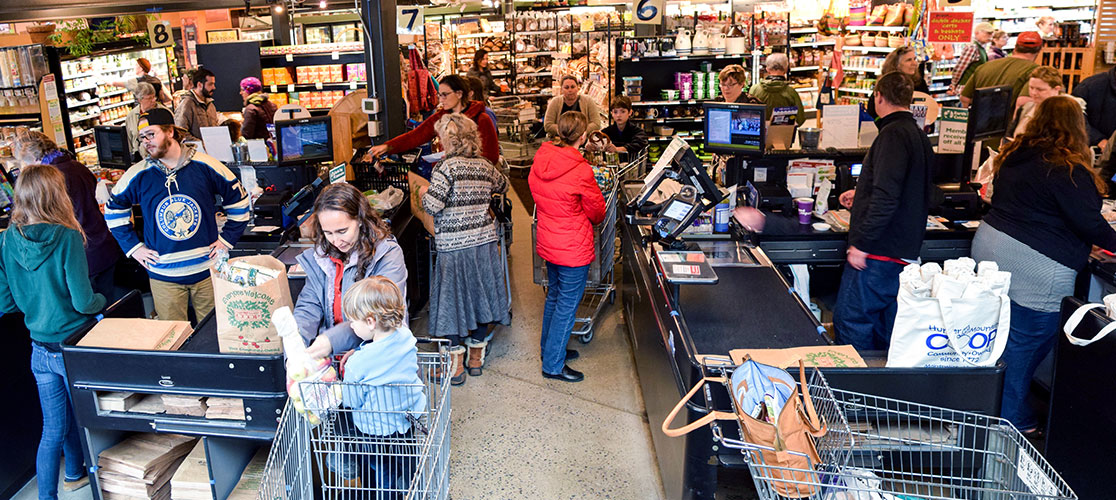
VT Food Security Roadmap: Objective G5
G5: Ensure consistent, dignified access to nourishing, adequate, culturally responsive food, today and in the future
G5: Ensure consistent, dignified access to nourishing, adequate, culturally responsive food, today and in the future

Food insecurity disproportionately impacts priority populations in Vermont because systemic challenges create insecurities and barriers to access. Some of these barriers result in people needing prepared meals, not just groceries.
All people deserve a reliable and acceptable source of nourishing grocery food and prepared meals. The supplemental programs providing this food access, in turn, need consistent resources to continue to offer the food in a manner and variety that is responsive to cultural and dietary needs. By prioritizing reliable access to nourishing food, we will be able to directly address more people’s immediate needs while working on longer term solutions to address the root causes of food insecurity and lack of access to nourishing food.
Keep in Mind
As we succeed in creating food security through other strategies, barriers will diminish for people in Vermont. However, there will always be people who need certain food supports; for example, delivered prepared meals or medically tailored meals. Through improvement and full funding today, the supplemental food system will be prepared when emergencies arise.
Strategies marked with a ![]() are high-priority
are high-priority
Strengthen and expand the state’s prepared meal infrastructure utilizing, to the extent possible, existing meal programs and entities (e.g., Meals on Wheels). Increase the capacity of schools, restaurants, grocery stores, and farms to provide prepared meals. Expand infrastructure and systems for delivery and access.
Sustainably fund Vermont’s current supplemental food access programs and systems while comprehensive policy substitutes—including state, non-governmental, and community-based programs—are put in place.
Ensure children in Vermont have access to free, nutritionally and culturally appropriate meals in any/all communal places of care and education—including, but not limited to, child care, early childhood education, school, after school, and summer programs.
Opt to provide the SNAP Restaurant Meals Program in Vermont. While eligibility is limited, it would increase overall SNAP enrollment. Support the Vermont Department for Children and Families (DCF) and its Economic Services Division to implement. Provide necessary equipment and technical assistance to small business owners who want to accept SNAP.
“As amazing as programs like [NOFA-VT’s food access programs] and sliding scale are, we could keep expanding them forever and nothing would really change until poverty and economic inequality are shifted. I have trouble envisioning what policy or government support could fundamentally change that. People aren’t hungry only because of inadequate food access programs. The more we create programs, the more we build systems that rely on the current inequity we have. But at the same time, I think these programs are amazing. Everything just has to be happening at the same time—emergency services, and longer-term sustainable change.”
“I’m a single mom with several kids so the free food for kids at school is fantastic.”
“Continue providing the great food supplemental programs like 3Squares[…]and Everyone Eats. I especially love the option of getting a healthy meal from Everyone Eats since I’m low income and not eligible for 3Squares. Food delivery to elderly low income people would be fantastic!”
“Keep funding! Meals on Wheels funding has been cut. We are not turning anyone away but the funding isn’t there. Funding food for all Vermonters!”